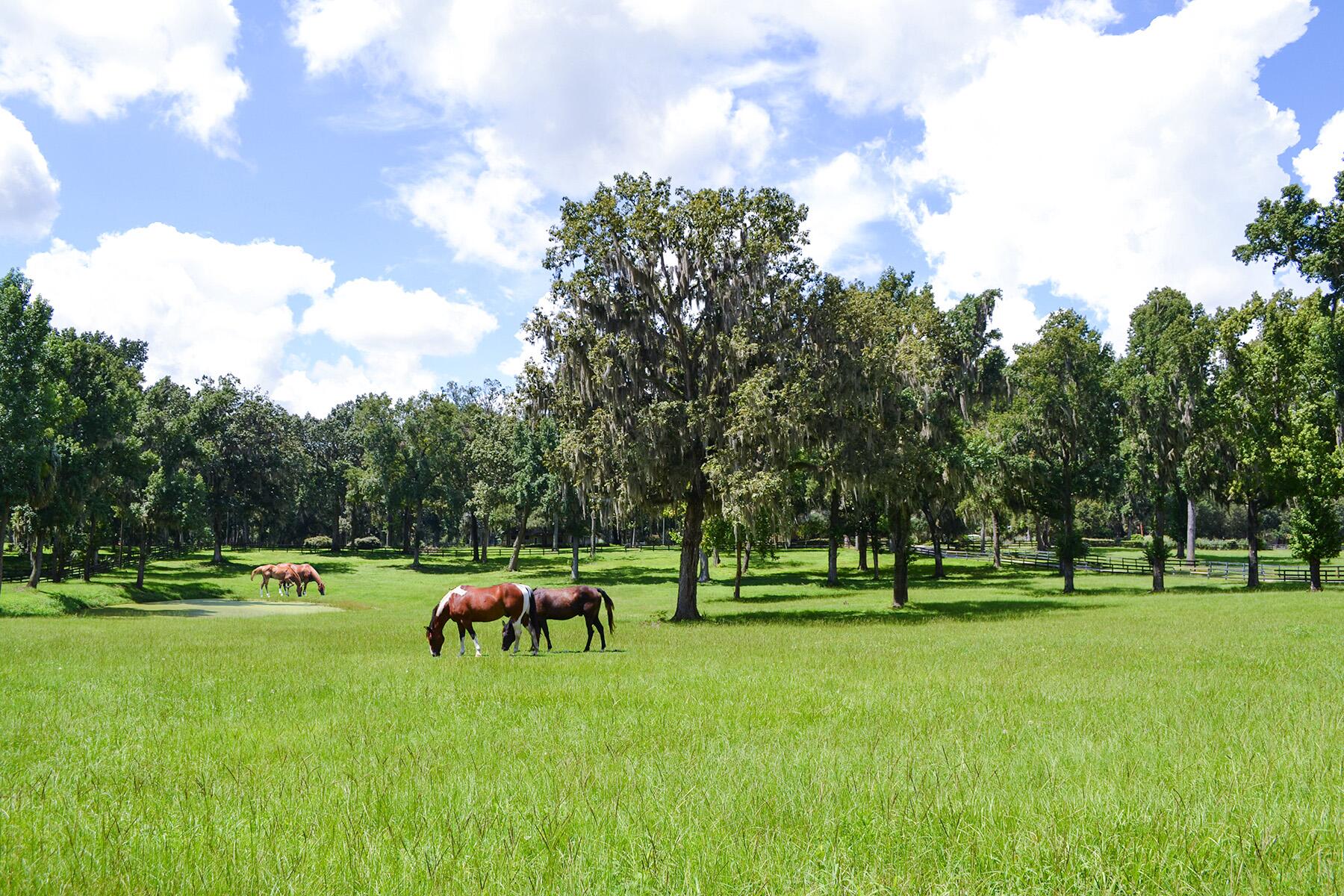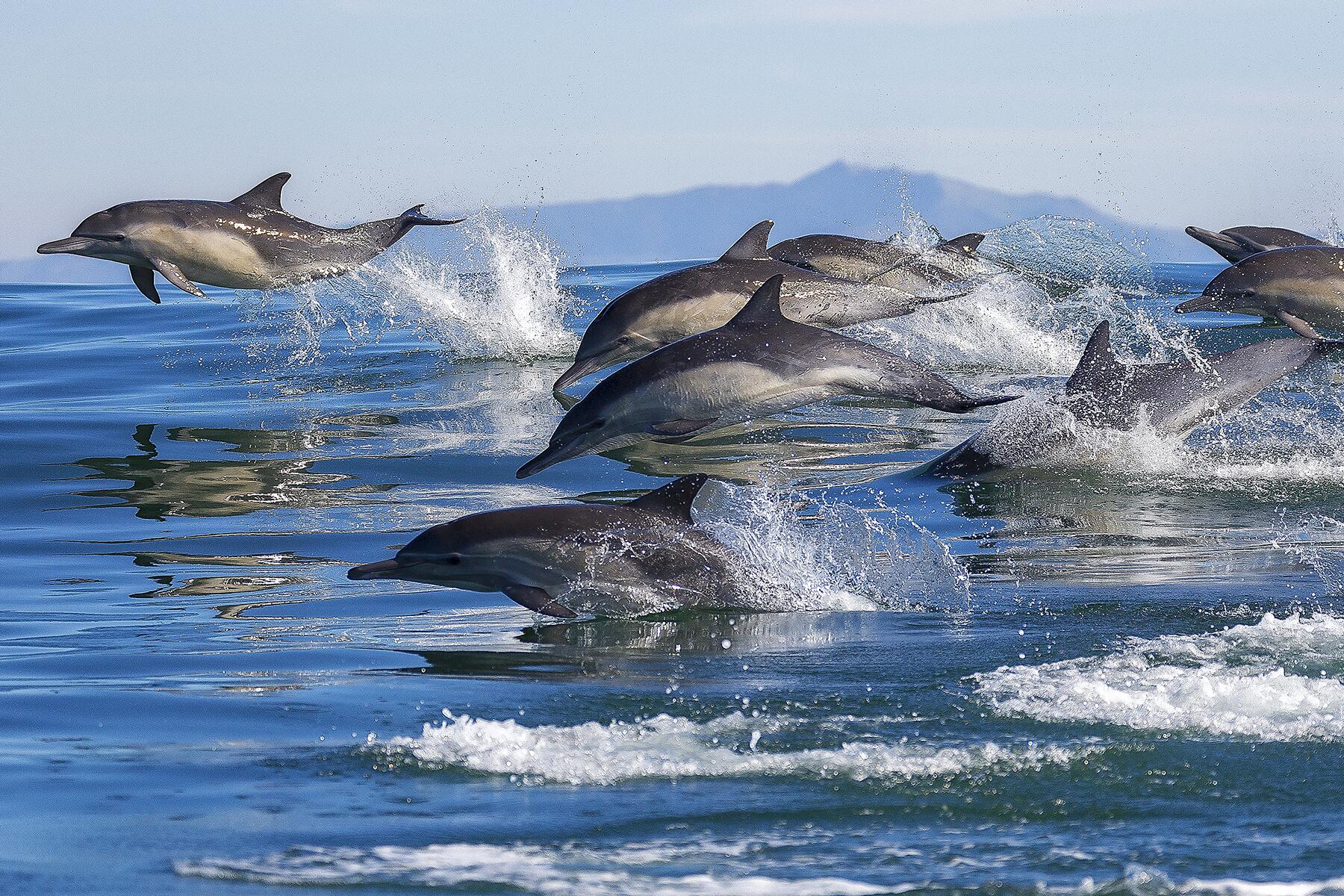From urchin-eating sea otters to porpoises to orcas to humpback whales, catch a glimpse of these beautiful marine mammals in California.
California has miles upon miles of coastline. Marine wildlife is abundant in the Pacific Ocean, where many animals can be seen, depending on the time of year. You might witness cetaceans or blue or gray whales migrating between Alaska and Mexico. You just need to be in the right place during the right season…and know where to look.
Sometimes you’ll need to hop aboard a boat for optimal whale viewing but sometimes, with just a pair of binoculars, you can be in for a magical surprise. Observing marine wildlife in their habitats is exciting, especially when you catch a glimpse of harbor or elephant seals playing on the sand (or even mating), or sea otters cracking open sea urchins on their chests, especially since they are listed as threatened on the Endangered Species Act. These marine animals can be easily spotted throughout the coast of California.






Lauren -- dolphins (#6) and porpoises (#7) are TOOTHED WHALES (odontocetes) not baleen whales. Please do your research and don't publish fake news! And please correct this article.